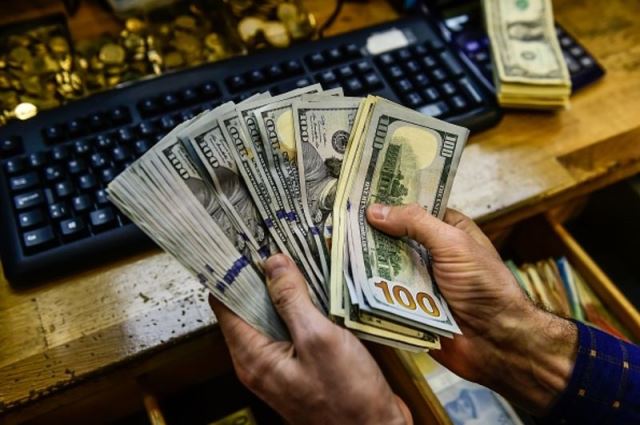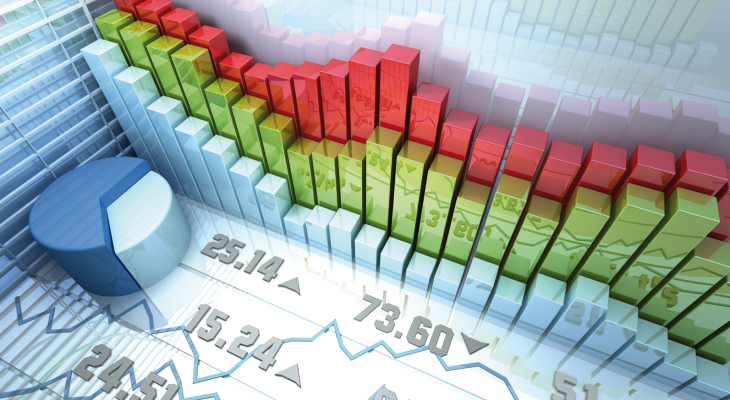The U.S. dollar snapped a five-day losing streak and the euro fell on Thursday, with the greenback boosted by a new round of trade tariffs amid negotiations with China and as the two-day Federal Reserve conference in Jackson Hole began.
The United States and China escalated their months-long trade war, implementing punitive 25 percent tariffs on $16 billion worth of each other’s goods, rattling investors who have sought safety in the dollar.
Talks between U.S. and China officials in Washington over trade will continue on Thursday, although most analysts do not expect much headway to be made, with the risks growing that the conflict descends into a growth-sapping tariff war.
The preliminary talks “look unlikely to yield too much in the way of progress as they enter a second day, with the U.S. President, given his current political difficulties, unlikely to want to concede any further ground,” said CMC Markets analyst Michael Hewson.
Minutes from the Federal Reserve’s last meeting released on Wednesday showed that officials had examined how global trade disputes could affect businesses and households, suggesting that the market’s perceived path for monetary tightening could have to change if the trade conflict upsets the U.S. economy.
The dollar strengthened 0.55 percent against the offshore yuan CNH=, last at 6.883 yuan per dollar.
The dollar index .DXY gained 0.24 percent to 95.395, moving off a near three-week low of 94.934 reached overnight.
The dollar move, however, was relatively modest. “The market is waiting right now for what is coming out of Jackson Hole,” said Juan Prada, currency strategist at Barclays, referring to the annual central bankers’ conference in Jackson Hole, Wyoming which takes place from Thursday through Friday.
Fed Chair Jerome Powell is due to speak on Friday and is expected to signal rate hikes will continue, given 3.9 percent unemployment and inflation that’s now near the Fed’s 2-percent target.
The euro was down about 0.3 percent at $1.156 EUR=, easing from a two-week high of $1.162.
The single currency was little moved by a widely-followed survey showing that the growth of euro zone businesses picked up a touch this month, although not as much as predicted.
The Australian dollar dropped 1.12 percent, last at $0.726 AUD= as Prime Minister Malcolm Turnbull clung to power after several of his senior ministers called for a second leadership vote.
The yen JPY= weakened 0.62 percent to 111.23 on safe-haven demand for the dollar.














